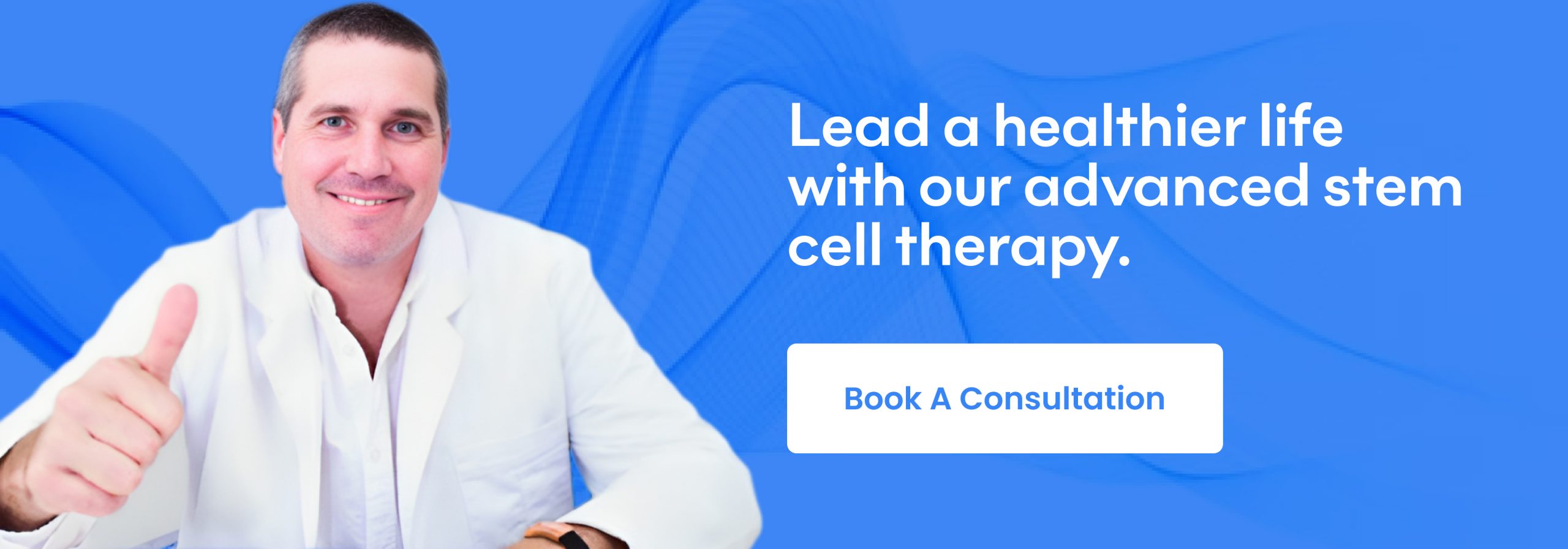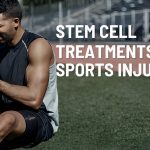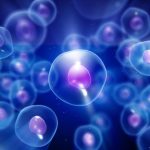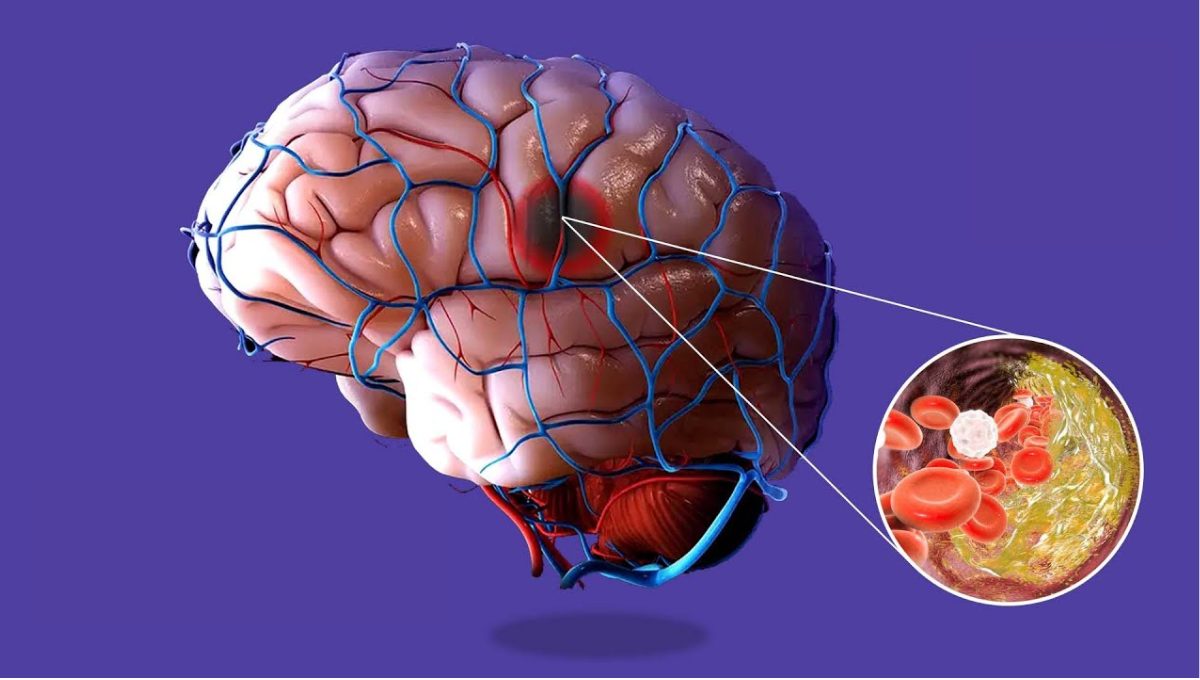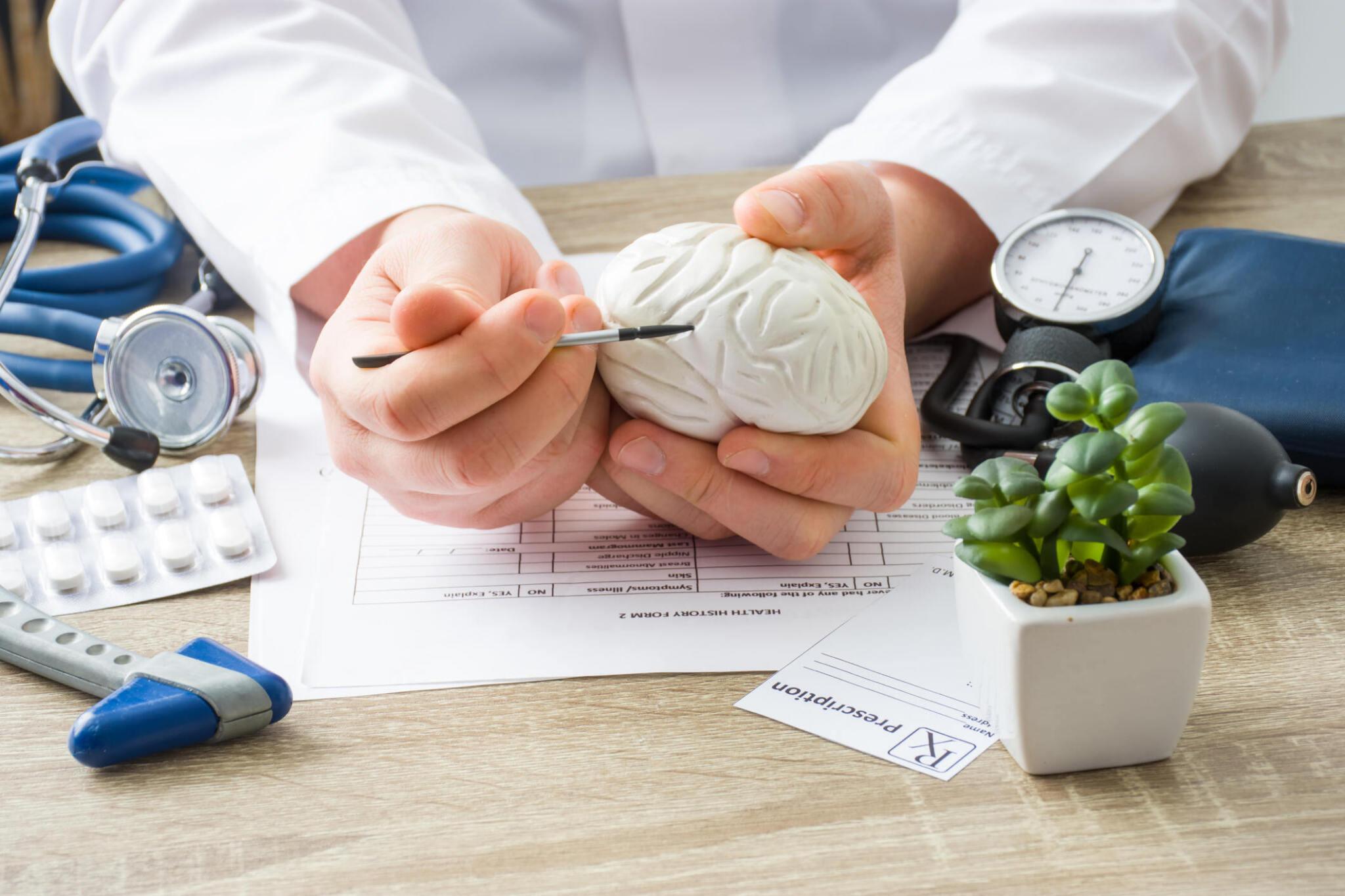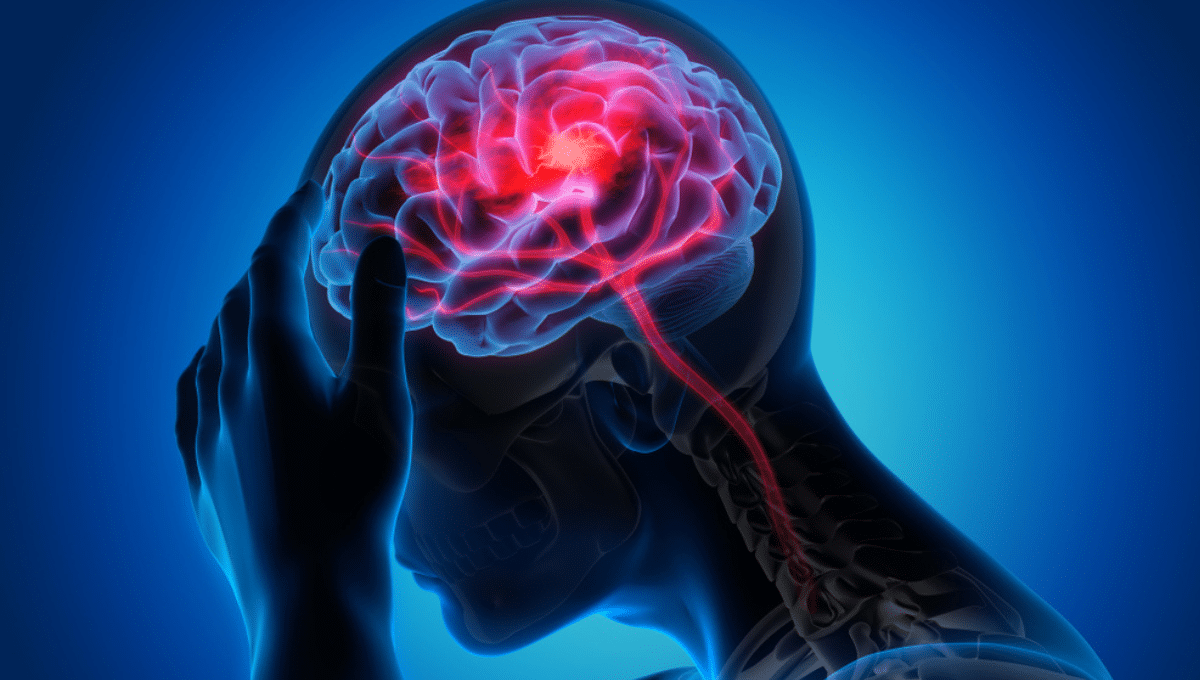- Home
- About Us
- Book Appointment
- Treatments
- Alzheimer’s Disease
- Anti-Aging
- Autism
- Autoimmune Disorders
- Back Pain
- COPD
- Crohns Disease And Ulcerative Colitis
- Erectile dysfunction and Penis enlargement
- Fibromyalgia
- Hip Pain
- Knee Pain
- Lupus
- Lyme Disease
- Multiple Sclerosis
- Muscular dystrophy
- Parkinsons Disease
- Peripheral And Diabetic Neuropathy
- Post Cancer Treatments
- Post Stroke Recovery
- Psoriasis
- Rheumatoid Arthritis
- Shoulder Pain
- Join The Club
- Aesthetics
- Blog
- Contact Us
Stem cell therapy represents a groundbreaking approach in modern medicine, offering hope and potential cures for many debilitating conditions, including heart failure and stroke. These therapies harness the body’s natural repair mechanisms, utilizing stem cells’ unique ability to regenerate damaged tissues and organs. As research progresses, stem cell treatments are increasingly recognized for their transformative potential in regenerative medicine.
Overview of Cardiac Disease and Current Treatment Options
Cardiovascular diseases (CVDs) remain the leading cause of death worldwide, with heart failure being a significant contributor. Heart failure occurs when the heart is unable to pump blood effectively, leading to fatigue, shortness of breath, and other severe symptoms. Acute myocardial infarction (AMI), commonly known as a heart attack, is a primary cause of heart failure. AMI occurs when blood flow to the heart muscle is abruptly blocked, causing tissue damage.
Current Treatments for Acute Myocardial Infarction and Heart Failure
Current treatments for AMI and heart failure include:
- Medications: To manage symptoms and prevent further damage, such as beta-blockers, ACE inhibitors, and diuretics.
- Surgical Interventions: Procedures like coronary artery bypass grafting (CABG) and angioplasty restore blood flow.
- Implantable Devices: Devices like pacemakers and defibrillators help regulate heart rhythm and function.
- Lifestyle Modifications: Diet, exercise, and smoking cessation are critical for managing heart disease.
Despite these treatments, many patients continue to suffer from severe symptoms and reduced quality of life, highlighting the need for innovative therapies.
Read Also: Cost-Effective Stem Cell Treatment for Bridgeport Patients
Stem Cell Heart Repair Treatment: A Revolutionary Approach
Stem cell therapy offers a promising alternative to traditional treatments, focusing on repairing and regenerating damaged heart tissue. Mesenchymal stem cells (MSCs), particularly those derived from Wharton’s Jelly in the umbilical cord, have shown remarkable potential in cardiac repair due to their ability to differentiate into various cell types and their anti-inflammatory properties.
Benefits of MSCs in Coronary Artery Surgery
Incorporating MSCs in coronary artery surgery can significantly enhance recovery and outcomes. MSCs can:
- Promote Angiogenesis: The formation of new blood vessels, improving blood flow to the heart.
- Reduce Inflammation: Mitigating damage and promoting healing.
- Differentiate into Cardiac Cells: Potentially regenerating heart muscle tissue.
- Modulate the Immune Response: Reducing the risk of adverse reactions.
The Process of Adult Stem Cell Therapy for Heart Disease
Adult stem cell therapy involves several steps to ensure effectiveness and safety:
- Harvesting Stem Cells: MSCs are collected from Wharton’s Jelly in the umbilical cord, ensuring a rich source of potent cells.
- Processing and Purification: The stem cells are processed and purified in a laboratory to ensure their viability and safety.
- Injection into the Heart: The purified MSCs are injected directly into the damaged areas of the heart, typically during coronary artery surgery or via catheter-based delivery.
Stem Cell Therapy for Heart Failure: Outcomes and Follow-Up
Research and clinical trials have shown promising results for stem cell therapy in heart failure patients. Studies indicate improved heart function, reduced symptoms, and enhanced quality of life. Patients receiving MSC therapy often experience:
- Improved Ejection Fraction: A measure of the heart’s pumping efficiency.
- Reduced Scar Tissue: MSCs can help regenerate damaged tissue, reducing the extent of scarring.
- Enhanced Exercise Capacity: Patients report better stamina and reduced fatigue.
- Improved Survival Rates: Long-term studies suggest higher survival rates among patients treated with stem cells.
Stroke Recovery with Stem Cells: An Emerging Field
Stroke recovery with stem cells is another area where regenerative medicine is making significant strides. Strokes occur when blood flow to the brain is disrupted, leading to brain damage. Traditional treatments focus on restoring blood flow and managing symptoms, but many survivors face long-term disabilities.
Read Also: Stem Cell Treatments for Sports Injuries: A Revolutionary Approach to Athletic Recovery
Stem Cell Therapy for Post-Stroke Recovery
Stem cell therapy offers new hope for stroke survivors by promoting neurological recovery. MSCs have shown potential in:
- Reducing Brain Inflammation: MSCs can modulate the immune response, reducing inflammation and protecting brain tissue.
- Promoting Neurogenesis: The creation of new neurons, aiding in brain repair.
- Enhancing Functional Recovery: Patients may experience improvements in motor skills, cognitive function, and overall quality of life.
Advanced Stem Cell Solutions for Stroke Rehabilitation
Stem cell interventions in stroke recovery are still in the experimental stages but hold great promise. Clinical trials are underway to determine the best methods for delivering stem cells to the brain and optimizing their therapeutic effects.
Process of Stem Cell Therapy for Stroke
The process typically involves:
- Harvesting and Preparing Stem Cells: Similar to cardiac treatments, MSCs are harvested and prepared for injection.
- Targeted Delivery: Stem cells are delivered to the brain via intravenous injection or directly into the affected area.
- Monitoring and Follow-Up: Patients are closely monitored for improvements and potential side effects.
Comprehensive Stroke Recovery: Outcomes and Future Directions
Initial studies and clinical trials have shown encouraging results, with many patients experiencing:
- Improved Motor Function: Enhanced ability to perform daily activities.
- Cognitive Improvements: Better memory, attention, and problem-solving skills.
- Reduced Long-Term Disability: Increased independence and quality of life.
As research progresses, stem cell therapy for stroke recovery may become a standard treatment option, offering new hope to millions of survivors.
Conclusion: The Future of Stem Cell Therapy
Stem cell therapy stands at the forefront of medical innovation, offering transformative potential for treating heart failure and stroke. With ongoing research and clinical advancements, these therapies could revolutionize how we approach and treat some of the most challenging medical conditions. The Life Altering Stem Cell Therapy Institute, American owned and operated, is at the cutting edge of this exciting field, utilizing MSCs from Wharton’s Jelly in the umbilical cord to pioneer new treatments and improve patient outcomes.
As the science of stem cells continues to evolve, the future looks promising for patients with heart failure, stroke, and beyond. With the potential to regenerate damaged tissues and restore function, stem cell therapy represents a beacon of hope in the quest for better health and recovery.
